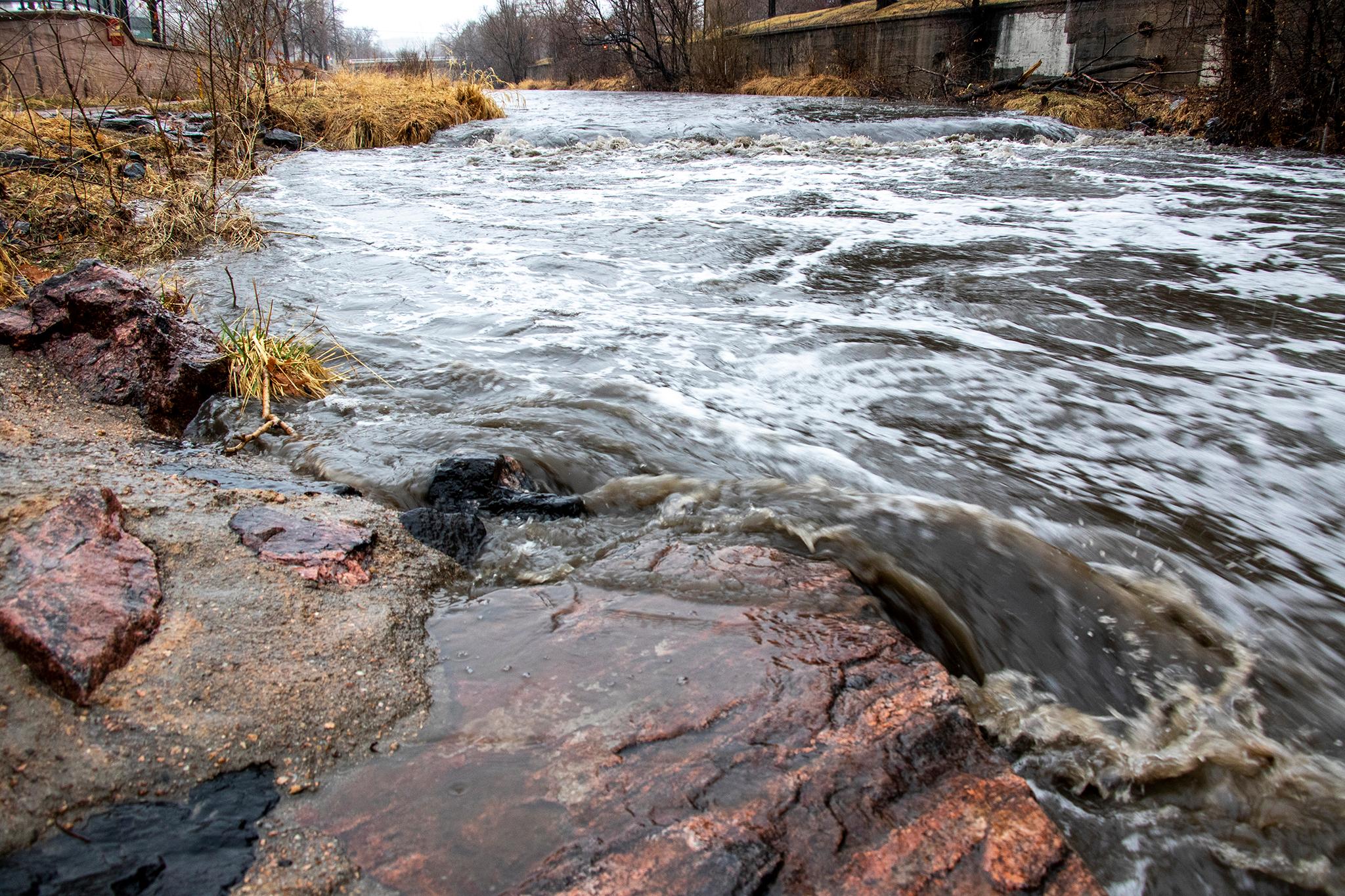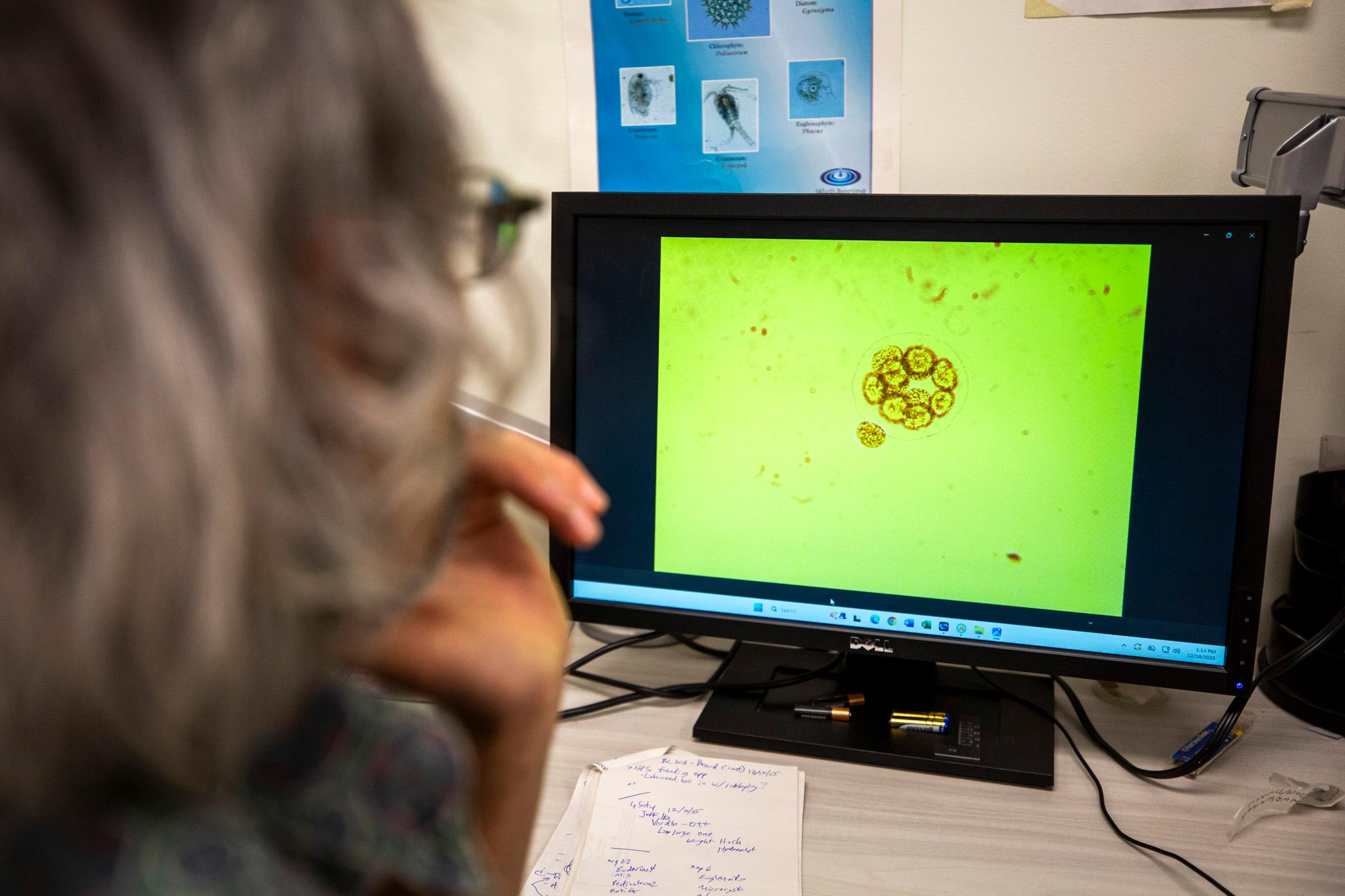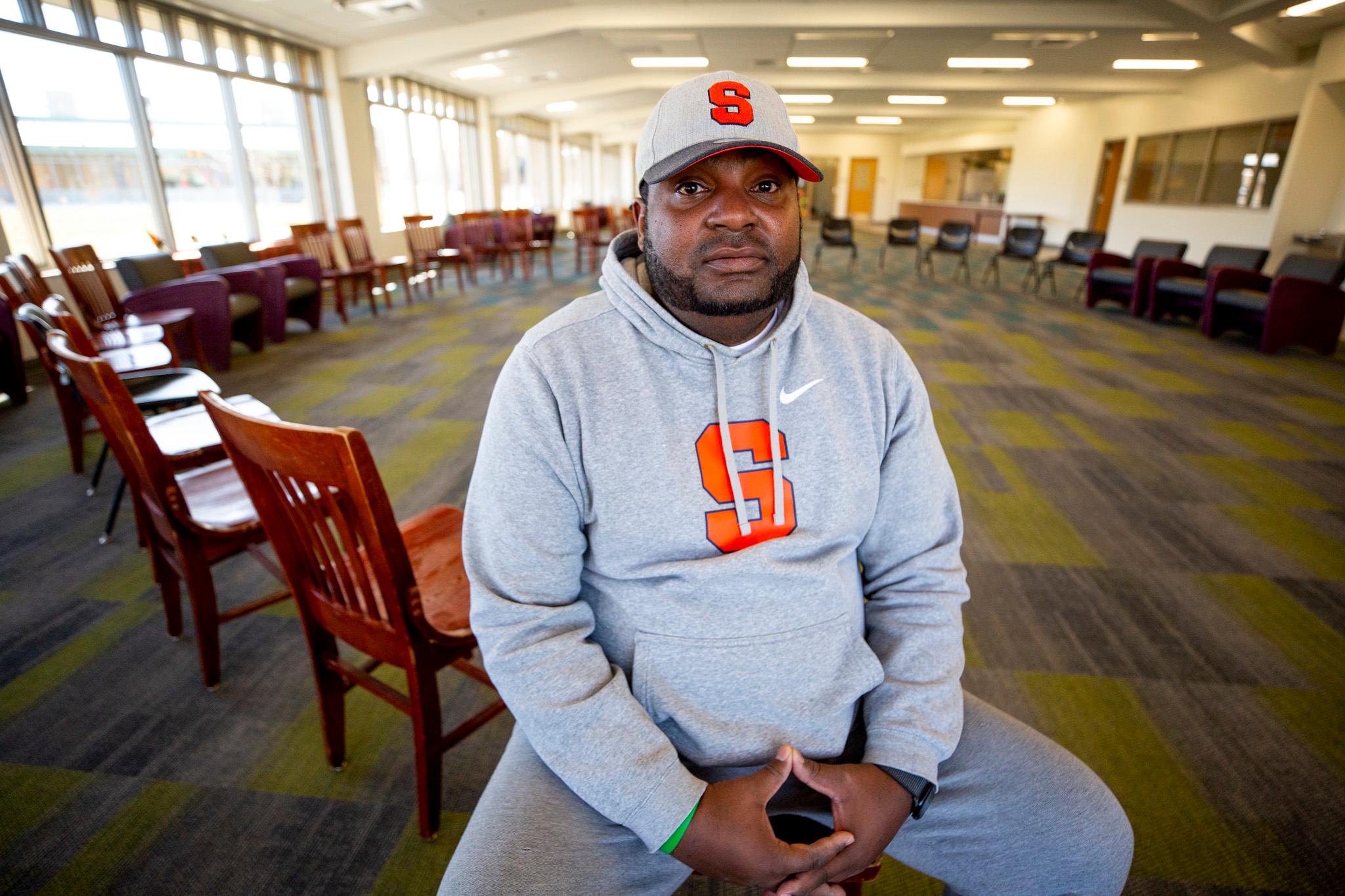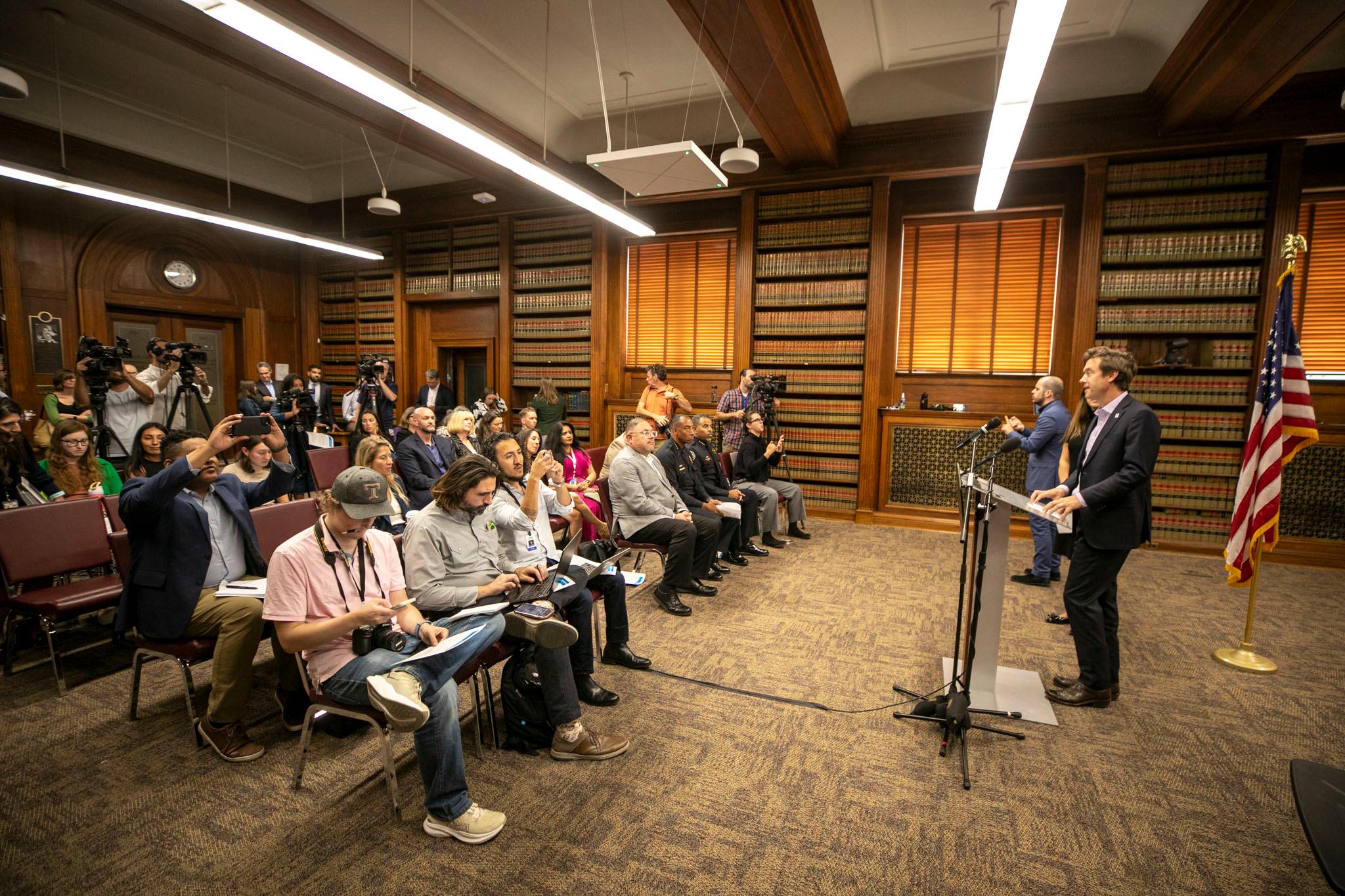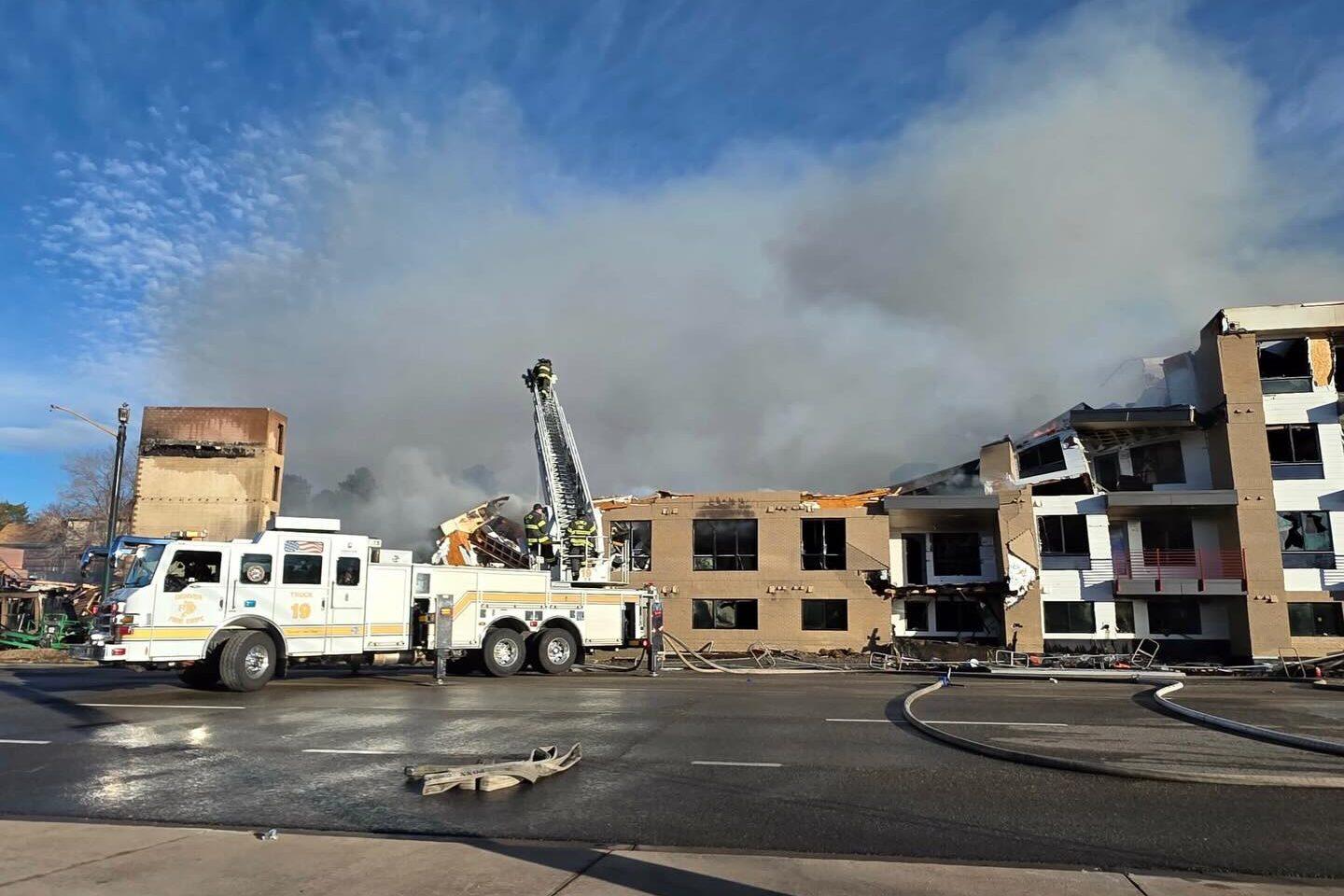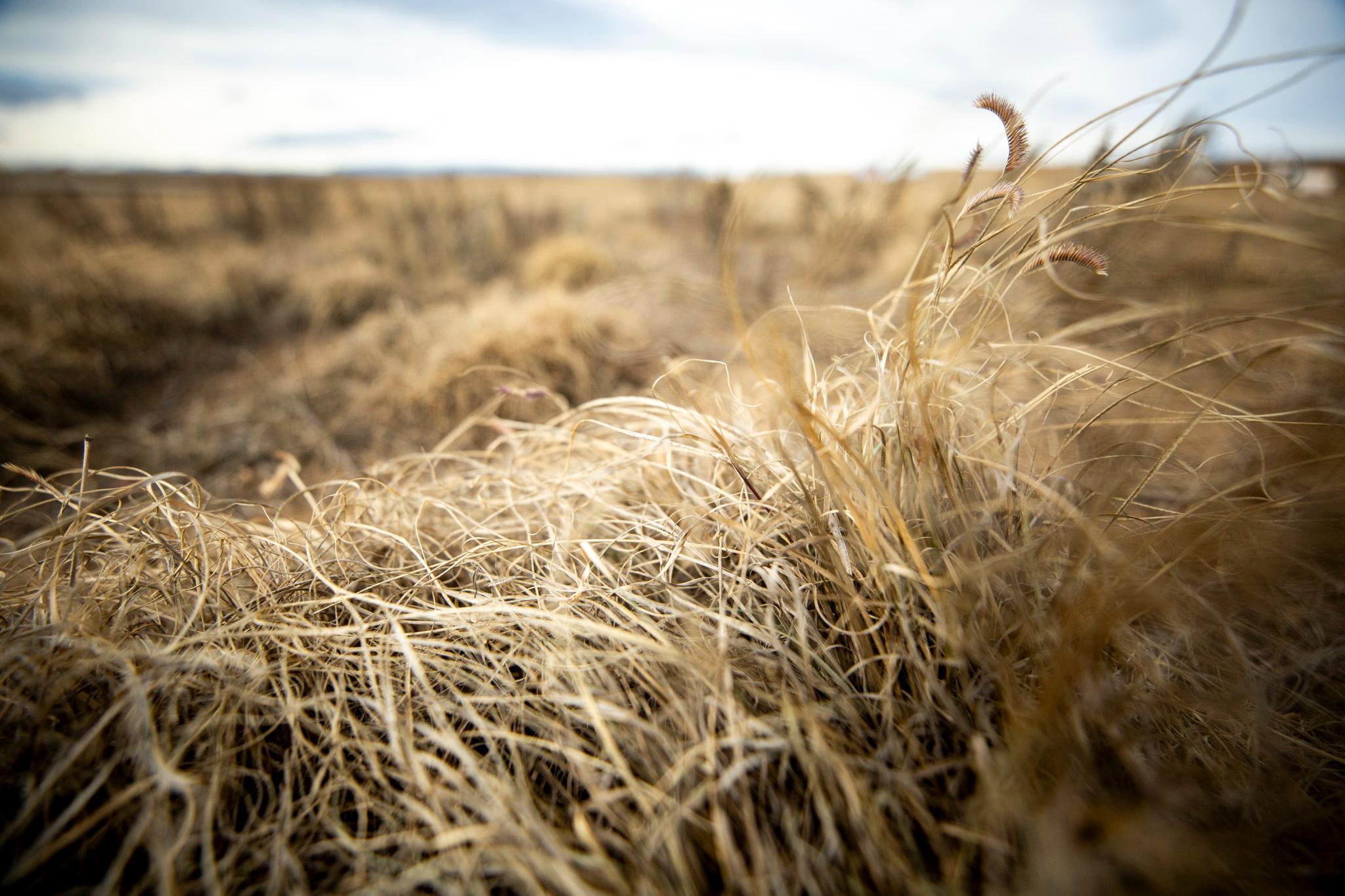Across the Americas, businesses and cities, including Denver, have begun to formally acknowledge that the places they are operating on were stolen from indigenous people. These statements, called land acknowledgments, are often written in consultation with tribal leadership and name the specific tribes that were on the land before the settler-colonial genocide.
So whenever a new Denver park opens, for example, Parks and Recreation officials read the department's land acknowledgment, including the following. "The land on which we reside is the traditional territory of the Ute, Cheyenne, and Arapaho Peoples, the 48 contemporary tribal nations that are historically tied to the lands that make up the state of Colorado."
Winter Park Ski Resort, the private ski resort on land owned by both the City of Denver and the United States Forest Service, announced its land acknowledgment last year, in an attempt to recognize to spiritual connection people have had to the area for centuries.
"Native and Indigenous people have had that connection much longer than we have," Winter Park Ski Resort spokesperson Jen Miller said at the time. "It was more acknowledging and recognizing that there is something special about this place. Not everybody can put their finger on it, but it stretches back to the people who were the original stewards of this land."
The statement recognized the Northern Arapaho, along with the Cheyenne and Ute nations.
"Winter Park Resort acknowledges and honors that the land on which we operate today is the traditional and ancestral homelands of the Nookhose'iinenno (Northern Arapaho), Tsis tsis'tas (Cheyenne), and Nuuchu (Ute)," the statement began. "We recognize and honor these Native Nations, their peoples, and their continued connection, as the original stewards of these lands and waters where we recreate today. We reaffirm and recognize that connection both through our words here and our actions."
After reading it from his home in Oklahoma, Fred Mosqueda, the Sand Creek representative of the Southern Arapaho tribe, wondered why only the Northern Arapaho's memory was acknowledged and the Southern Arapaho people were not named -- and why the distinction was made at all.
It wasn't just the Northern Arapaho who lived in Colorado, Mosqueda explained. The Northern-Southern distinction was an invention of white settlers' Colorado Territorial Government founded in 1861 in the wake of the Gold Rush -- not a part of his longstanding Indigenous nation's internal politics.
The ski resort acknowledged only the Northern Arapaho because that was what historians and others the staff consulted with encouraged them to do, said Miller.
"Winter Park has been working with Natives Outdoors and indigenous skier Connor Ryan for several years, and through that relationship the whole idea of a land acknowledgement came up," wrote Miller to Denverite. "We attempted to reach out to Arapaho tribal leaders last fall, but we struggled to connect with the right people. We consulted with historians from History Colorado as well.
"Based on all our research and conversations with people last Fall, we were advised to identify the people who were indigenous to the land as Northern Arapaho," she continued. "We can certainly change the identification to just Arapaho if that is more historically true and accurate."
Here's why Mosqueda thinks all Arapaho should be included in the land acknowledgment.
Prior to the settler invasion, the Arapaho tribe was one entity with many bands and chiefs. The people, closely aligned with the Cheyenne, made a life along Cherry Creek, the South Platte River and up and down the Front Range and into the Eastern Plains, moving through the year to graze their horses and hunt game.
"When the settlers started to come into the Denver area, the Arapahos were camped all along the Front Range to the Rockies, coming all the way, probably from the Wyoming line there at Fort Collins all the way south to probably around Colorado Springs," Mosqueda said. "We camped there. We camped there in the wintertime because the mountains would protect us like they do Denver now."
The gold-hungry white settlers who moved here in the mid-1800s decided they too wanted to build a community on the banks of Cherry Creek and the South Platte River and began to chase off the people who already lived there.
The genocide that made way for the growth of today's Denver had begun.
After the territorial government was established in 1861, the newcomers started harassing the Arapahos and Cheyenne people and eventually decided to destroy the communities that were here, first by violently sweeping their camps and then by pushing them into the Eastern Plains.
Buffalo and other game on the plains were killed to starve the tribes. Indigenous people were murdered with the blessing of the territorial government.
In 1864, Governor John Evans decreed that "friendly Indians" must congregate at certain camps, lest they be attacked, and gave citizens the right to "kill and destroy" Indigenous people who threatened the state. Both proclamations, used to justify the horrific Sand Creek Massacre, were finally rescinded by Gov. Jared Polis in August.
The division of the Arapaho people, which was designed to push them away from the rising city, was one more gutting move in the name of western expansion.
"They took the ones that were camping north and told them, 'You draw your rations at Fort Laramie,'" Mosqueda said. "And they told Little Raven and Left Hand and Spotted Wolf and Big Mouth -- all those -- they told them, well you will draw your ration at Bent's Fort. And what does this do? It moves them away from Denver."
Ultimately, the Southern Arapaho were pushed east, to Kansas. When Kansas booted them, they moved to Oklahoma, where they lived on a reservation with the Cheyenne under the name the Cheyenne and Arapaho Tribes. The Northern Arapaho were pushed, northwest to Wyoming, where they were first placed with the Eastern Shoshone and then negotiated their own reservation.
"I always say Denver was the splitting point," Mosqueda said.
Despite the traumatic history and generations of separation, Mosqueda said he and many other Arapaho people still view Denver as home.
"To Arapahos all over, Denver was our heart. That was our homeland," he said. "When we go to Denver, we look at it as we're still coming home. We still have ties. We still have stories. We still have places that we know of there in Denver that meant a lot to the Arapaho people."

